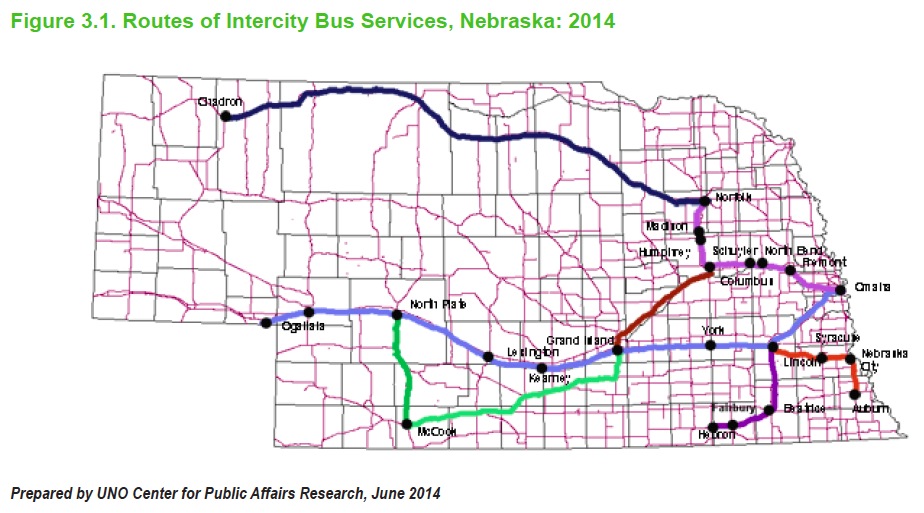
The Nebraska Department of Roads (NDOR) has partnered with the University of Nebraska at Omaha Center for Public Affairs Research (CPAR) to conduct a statewide intercity bus study. The objectives of this study include the following: Identify existing intercity bus service; Interview intercity bus providers; Conduct public information open houses to identify ridership demographics; Gather public input to identify gaps in service; Summarize the information gathered; Develop an action plan to address intercity bus needs; Share the study findings with the transportation community and general public.
View this complete post...











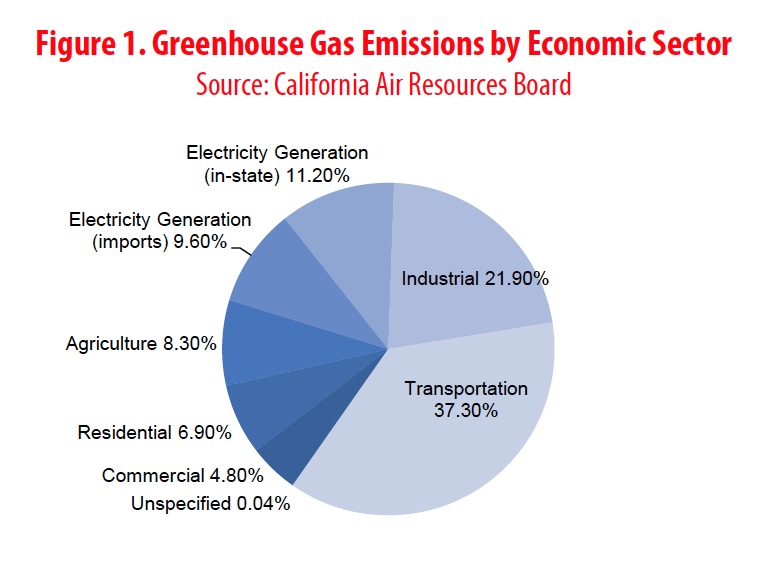

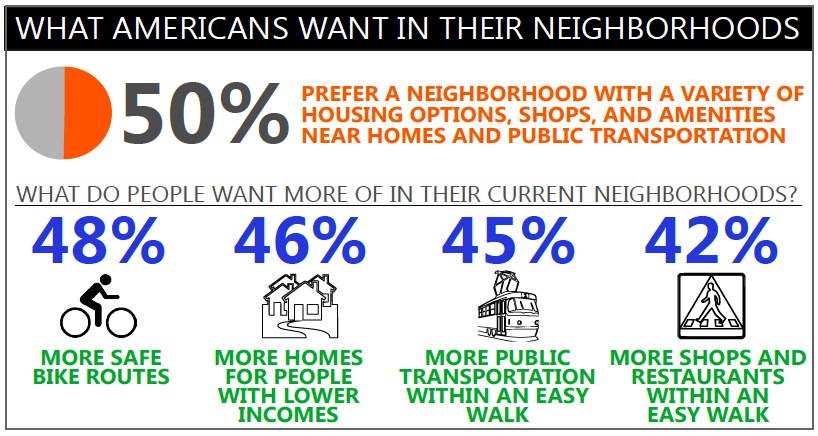
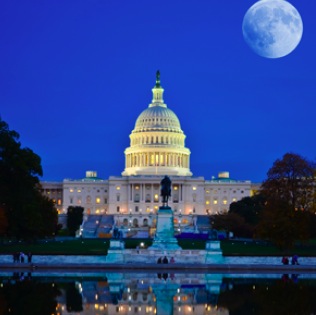
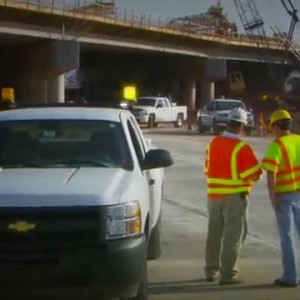

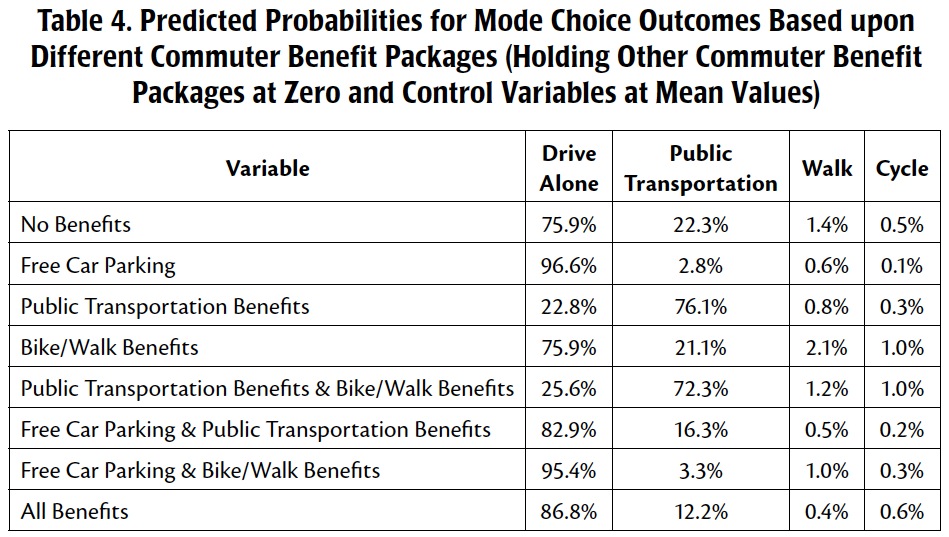
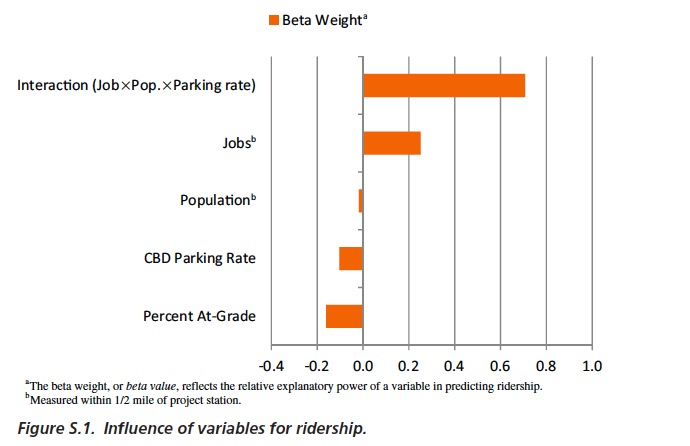
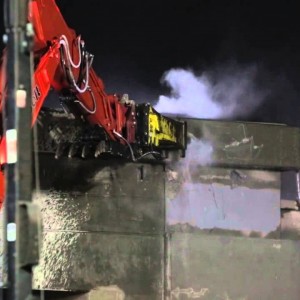

 RSS Feed
RSS Feed